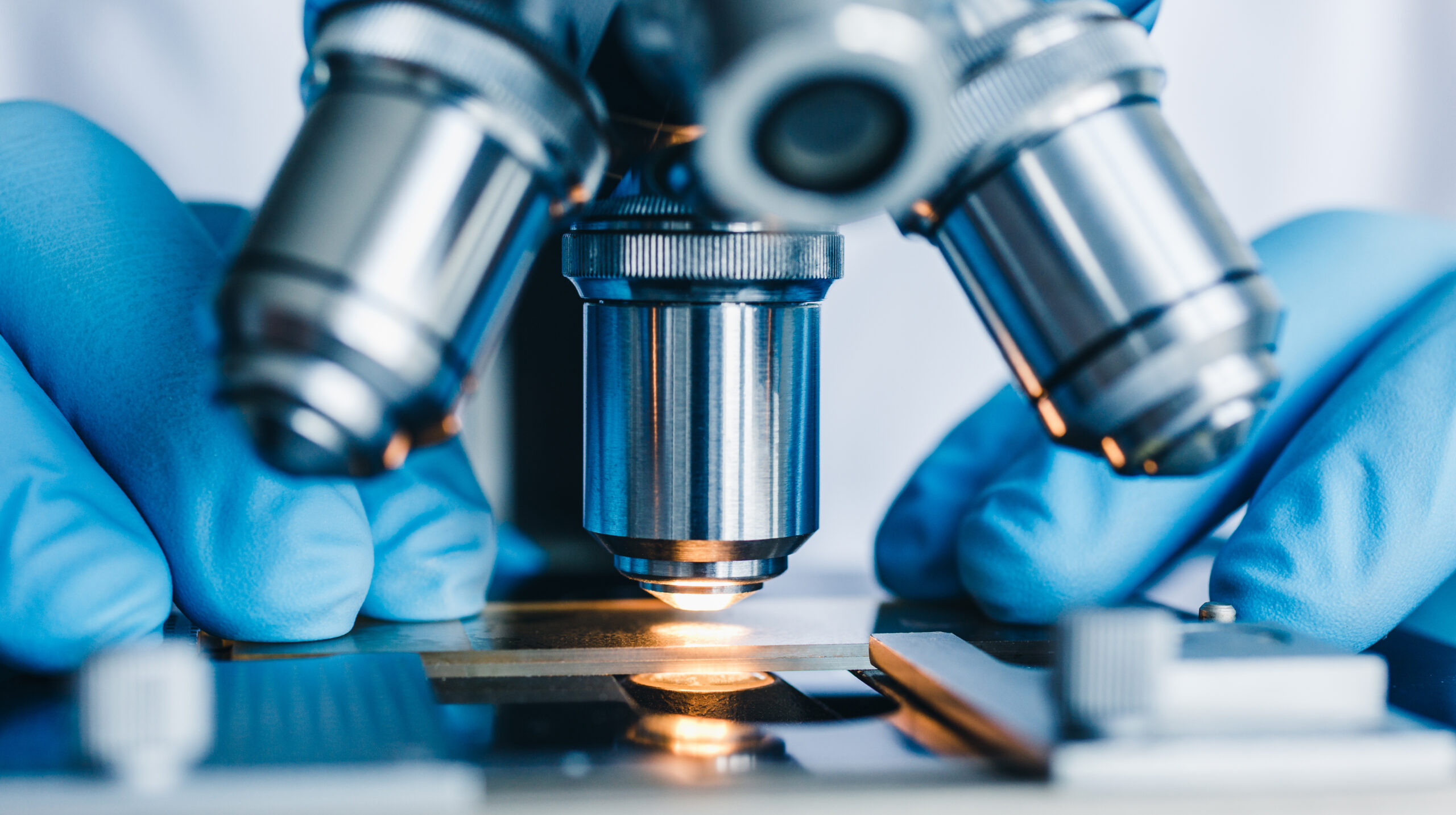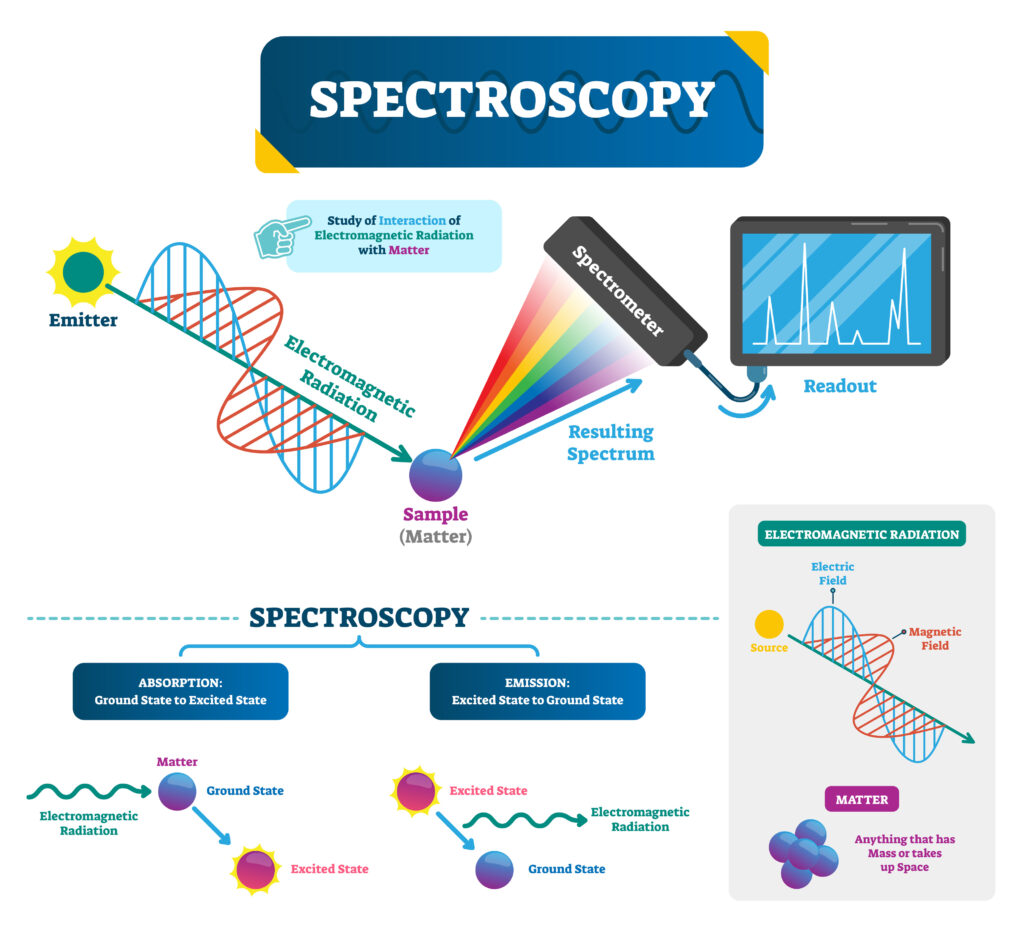Raman spectroscopy is widely used in many scientific fields, including chemistry, physics, biology, medicine, materials science and environmental sciences.
Science-Applications

WHAT IS RAMAN SPECTROSCOPY
The molecular spectroscopy technique known as Raman spectroscopy relies on the inelastic scattering of monochromatic light in molecular structures. The molecules' excitation states are altered by the incident laser light, and as a result, the molecules produce light at different wavelengths in relation to the excitation wavelength (called Stokes or Anti-Stokes shifts). Every substance has a unique Raman spectrum. Because of this, the presence and composition of different chemicals can be detected and quantified using Raman scattering.
Raman spectroscopy is a non-destructive technique, which means that it does not damage or alter the sample in any way. It is also a non-contact technique, which means that it can be used to analyze samples without coming into physical contact with them. This makes Raman spectroscopy an ideal technique for analyzing delicate or sensitive samples.

Case 1: The study of the molecular structure
It is feasible to research a chemical compound's molecular structure using Raman spectroscopy. Raman spectral variations aid in the investigation of conformations and molecular isomers as well as the identification of various chemical bonds and their strengths.
Case 2: Examination of the chemical composition
Raman spectroscopy is used to determine the chemical makeup of a wide range of materials, including textiles, metal alloys, minerals, polymers, and other organic and inorganic substances.
Case 3: Quality control
To ascertain a product's chemical composition, spot contaminants, and judge its quality, raman spectroscopy is employed in the quality control of goods like medicines, food, dietary supplements, fertilizers, and building materials.
Case 4: Clinical diagnostics
Raman spectroscopy is used in medicine to diagnose a wide range of illnesses and ailments, including skin, eye, neurological, cancer, and many more.
Case 5: Study of the structure of proteins
Raman spectroscopy makes it possible to investigate protein structure, which is crucial for molecular biology and biotechnology research.
Case 6: Atmosphere research
The chemical makeup and quantity of atmospheric gases, including ozone, carbon dioxide, and methane are assessed using Raman spectroscopy in atmospheric research.
Case 7: Quality control in the production of biofuels
By identifying and measuring the components of the fuel, Raman spectroscopy is used to regulate the quality of biofuel manufacturing.
Case 8: Physical examinations
Physics can employ Raman spectroscopy to investigate the matter, including solids, liquids, and gases. It can be useful for researching the kinetic and thermodynamic characteristics of diverse materials.
Case 9: Geological applications
Geology can examine minerals and rocks using Raman spectroscopy. It can be used to identify minerals and ascertain their chemical and physical characteristics.



